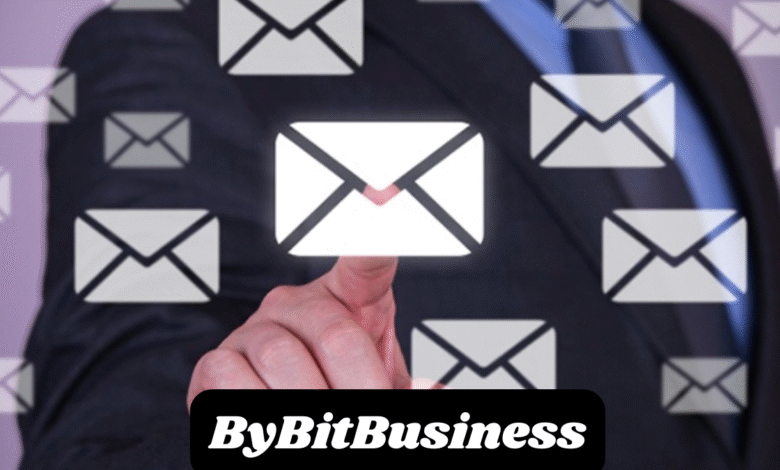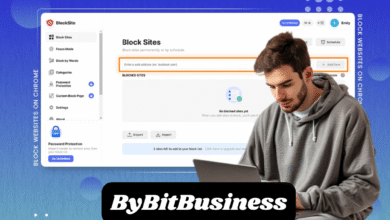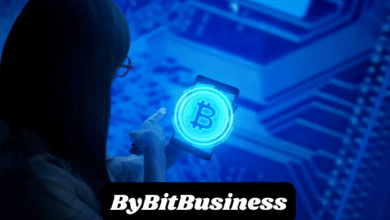Email Marketing Ideas to Shake Your Business Up! cleverscale.com

Email Marketing Ideas to Shake Your Business Up! cleverscale.com, one strategy continues to hold steady in its effectiveness: email marketing. With the constant evolution of digital marketing platforms and tools, many businesses overlook the sheer power of email to connect, engage, and convert audiences. However, when executed strategically, email marketing can shake your business to its very core—in the best way possible. At cleverscale.com, innovation meets execution, and this is where ideas turn into high-performance campaigns that transform engagement into growth.
The Emotional Pulse of Email Marketing
What makes email marketing so resilient? At its core, it’s not just about sending promotional material to inboxes; it’s about nurturing relationships. When emails are personalized, insightful, and timely, they create an emotional connection. A simple message delivered at the right moment can spark excitement, trigger a memory, or even provoke a purchase decision. That emotional pulse—driven by human psychology and data analytics—keeps the channel alive and thriving.
Your business might already be running email campaigns, but the difference between routine and remarkable lies in innovation. If you’re Email Marketing Ideas to Shake Your Business Up! cleverscale.com relying solely on scheduled newsletters or seasonal promotions, it’s time to go beyond the basics. Rethinking how you craft, target, and time your emails could revolutionize the way people see and respond to your brand.
Reimagining Customer Journeys Through Email
The modern customer journey is far from linear. Customers may discover your brand through a social post, visit your site weeks later, and only decide to purchase after a compelling email nudges them forward. At cleverscale.com, the strategy begins by mapping this journey with precision. Instead of traditional funnel approaches, businesses are now seeing success by designing adaptive paths—ones that respond dynamically to user behavior.
The real shake-up comes when emails are no longer broadcast messages, but reflections of the customer’s current stage and interest. For example, a person browsing a category page could receive an educational email about those products, while someone abandoning their cart might get a message addressing potential objections. These nuanced touchpoints demonstrate that your brand understands and cares—two emotions that drive loyalty.
Automation with a Human Feel
There’s a misconception that automation removes the human element from marketing. On the contrary, when done well, automation enhances personalization and timeliness. Think of it as setting up a system that listens and responds. Imagine an onboarding series that doesn’t just deliver tips, but anticipates questions. Consider behavior-triggered campaigns that speak to a customer’s intent rather than your sales agenda.
This level of thoughtfulness comes from merging psychology, data, and storytelling. Businesses using platforms inspired by cleverscale.com’s philosophy are building entire relationship arcs that span weeks or months—each email like a chapter that adds depth to the customer’s understanding of the brand.
The Art of Story-Driven Emails
Storytelling isn’t just for blog posts or social media. In fact, the inbox is one of the most intimate places to tell a brand’s story. People check their email during personal moments—early in the morning, during coffee breaks, or late at night. This is your chance to be more than a sender of offers. By infusing your emails with narratives—whether about a product’s origin, a customer’s journey, or even your team’s challenges—you invite readers into a shared experience.
This shift from transactional to narrative-based communication changes how people perceive your brand. They begin to see you as more than a business. You become relatable, memorable, and trustworthy. And in a market flooded with generic promotions, being remembered is a superpower.
From Data to Empathy
Every click, open, or unsubscribe tells a story. The magic of email marketing lies in interpreting this story—not just for better numbers, but for deeper understanding. When businesses look beyond surface metrics and seek the “why” behind user actions, they unlock empathy-driven marketing.
A dip in engagement might point to message fatigue, while a spike in clicks could suggest curiosity. This kind of analysis, powered by platforms like cleverscale.com, allows you to react with sensitivity. Adjusting tone, frequency, or even layout based on emotional cues leads to more human-centered communication.
Visual Design That Sparks Action
Plain emails may work, but beautifully crafted ones leave an impression. Design isn’t about decoration—it’s about clarity and motivation. Strategic use of white space, typography, and images can guide the reader’s attention exactly where you want it to go. Whether it’s a headline that demands attention or a button that begs to be clicked, visual hierarchy matters.
More importantly, visual storytelling aligns with emotional intent. For instance, using real photos instead of stock imagery, showcasing behind-the-scenes snapshots, or featuring customer-generated content builds trust. It tells readers, “This is real. This is for you.”
Behavioral Segmentation as a Secret Weapon
Not every subscriber is the same, so why send them the same message? Behavioral segmentation involves grouping your audience based on actions—not demographics. Someone who opens every email deserves a different conversation than someone who hasn’t interacted in weeks.
When you segment based on behavior, you send fewer emails—but they land with greater impact. This kind of thoughtful curation, championed by platforms like cleverscale.com, means your content feels less like spam and more like a service. It respects your reader’s time, which in turn earns their trust.
Real-Time Engagement and the Power of Urgency
In a world of instant gratification, timing is everything. Sending an email at the right moment can mean the difference between a sale and a scroll-past. Real-time triggers—based on location, weather, or live browsing—create emails that feel current and contextual. For example, a reminder email just minutes after a cart is abandoned can feel like a helpful nudge, not a hard sell.
Urgency, when used responsibly, also drives action. Countdown timers, limited-time offers, and exclusive access messages play on psychological triggers. But the key is authenticity. Manufactured urgency feels manipulative, while genuine scarcity builds excitement. It’s a fine line—but one that makes a major difference.
Interactive Content Inside the Inbox
Interactivity in emails is no longer futuristic—it’s here. From surveys and polls to embedded videos and product carousels, modern emails invite readers to engage rather than just observe. This creates a two-way relationship that deepens commitment.
When your email becomes a mini-experience rather than a message, your audience doesn’t just read—they react. These small interactions—like rating a product or choosing a preference—may seem trivial, but they lead to powerful personalization. At cleverscale.com, the emphasis is on using these micro-moments to gather meaningful insights and make marketing smarter.
Beyond Conversion: Nurturing Brand Advocacy
It’s tempting to focus on conversions as the ultimate goal of email marketing. But what if the real win lies beyond the purchase? When customers become advocates—sharing your brand, referring friends, leaving glowing reviews—that’s when exponential growth begins.
Email is one of the best channels to foster this kind of loyalty. Thank-you messages, anniversary emails, loyalty rewards, and community spotlights turn passive buyers into active promoters. This shift from transaction to relationship is what truly shakes up your business. It takes your brand from a commodity to a community.
Frequently Asked Questions (FAQs)
What makes email marketing more effective than social media?
While social media is great for visibility and engagement, email offers direct access to your audience’s inbox—an environment with fewer distractions. Email also provides better targeting, higher ROI, and greater control over message timing and content.
How often should I send emails to avoid overwhelming subscribers?
There’s no one-size-fits-all answer. It depends on your audience’s expectations and behavior. Monitoring engagement metrics and offering email frequency preferences can help you tailor the cadence for different segments.
What types of content work best in email marketing?
Content that educates, entertains, or empowers tends to perform well. This includes stories, product tips, behind-the-scenes looks, testimonials, and curated resources. Focus on adding value rather than just promoting offers.
How do I prevent my emails from going to spam folders?
Ensure you have permission to email your list, avoid spam-triggering words, and maintain good sender reputation. Using a verified email platform, regularly cleaning your list, and providing clear unsubscribe options also help.
Is it worth investing in email design, or are plain-text emails more effective?
Both have their place. Plain-text emails can feel more personal, while well-designed emails offer visual appeal and structure. A/B testing can help you find the right balance for your audience.
What are the best tools for email marketing automation?
Look for tools that offer segmentation, personalization, real-time analytics, and A/B testing. While cleverscale.com emphasizes strategic innovation, the best platform is one that aligns with your workflow and goals.
How can I improve my email open rates?
Craft compelling subject lines, use personalization, send at optimal times, and build a reputation for valuable content. Testing different approaches and analyzing the results is key to long-term improvement.
Why is storytelling important in email marketing?
Stories captivate, create emotional resonance, and help readers Email Marketing Ideas to Shake Your Business Up! cleverscale.com remember your message. They humanize your brand and make your content more engaging and shareable.
How do I measure the success of my email campaigns?
Key metrics include open rate, click-through rate, conversion rate, unsubscribe rate, and ROI. Dig deeper into user behavior to understand the context behind the numbers.



